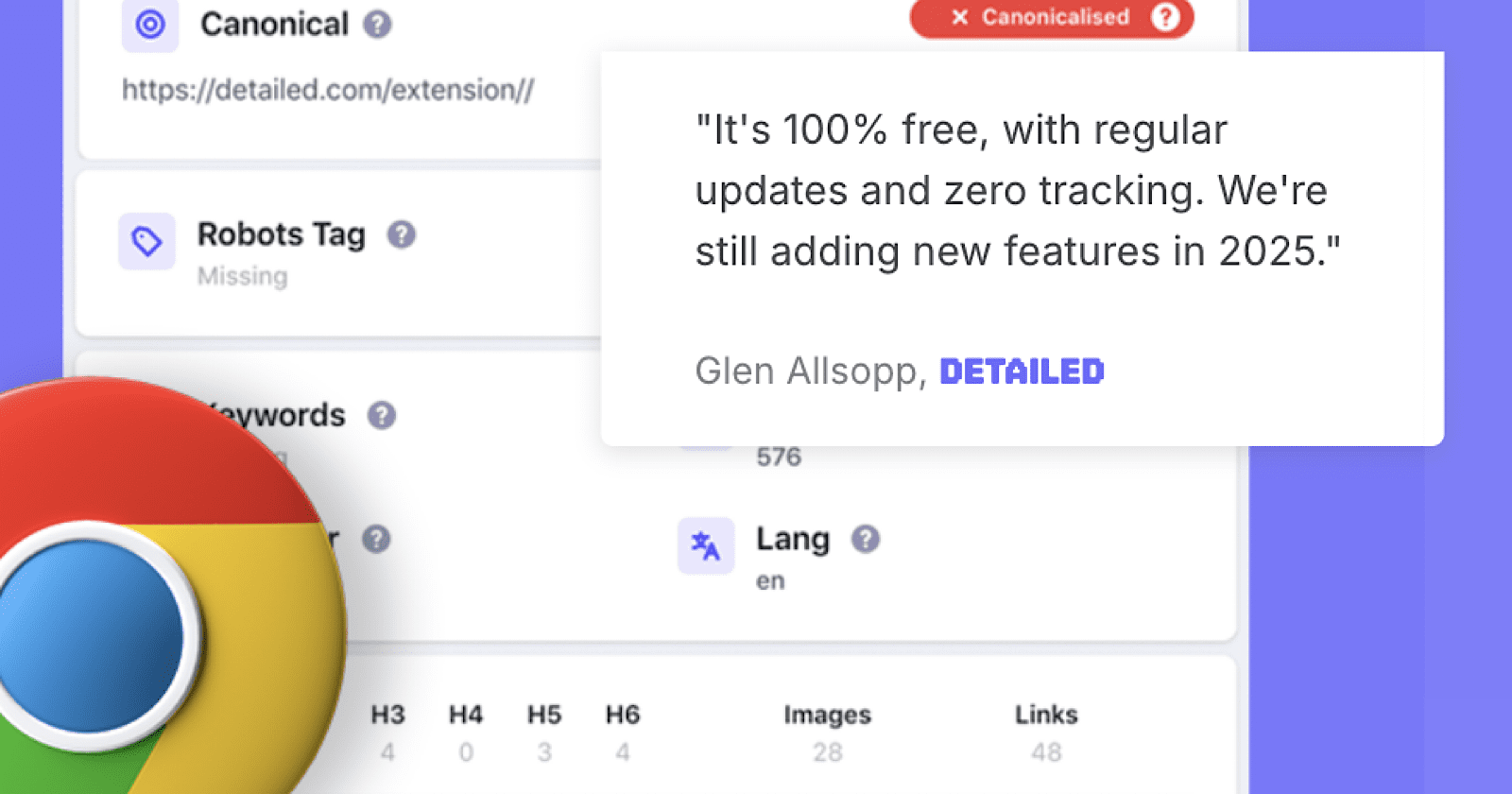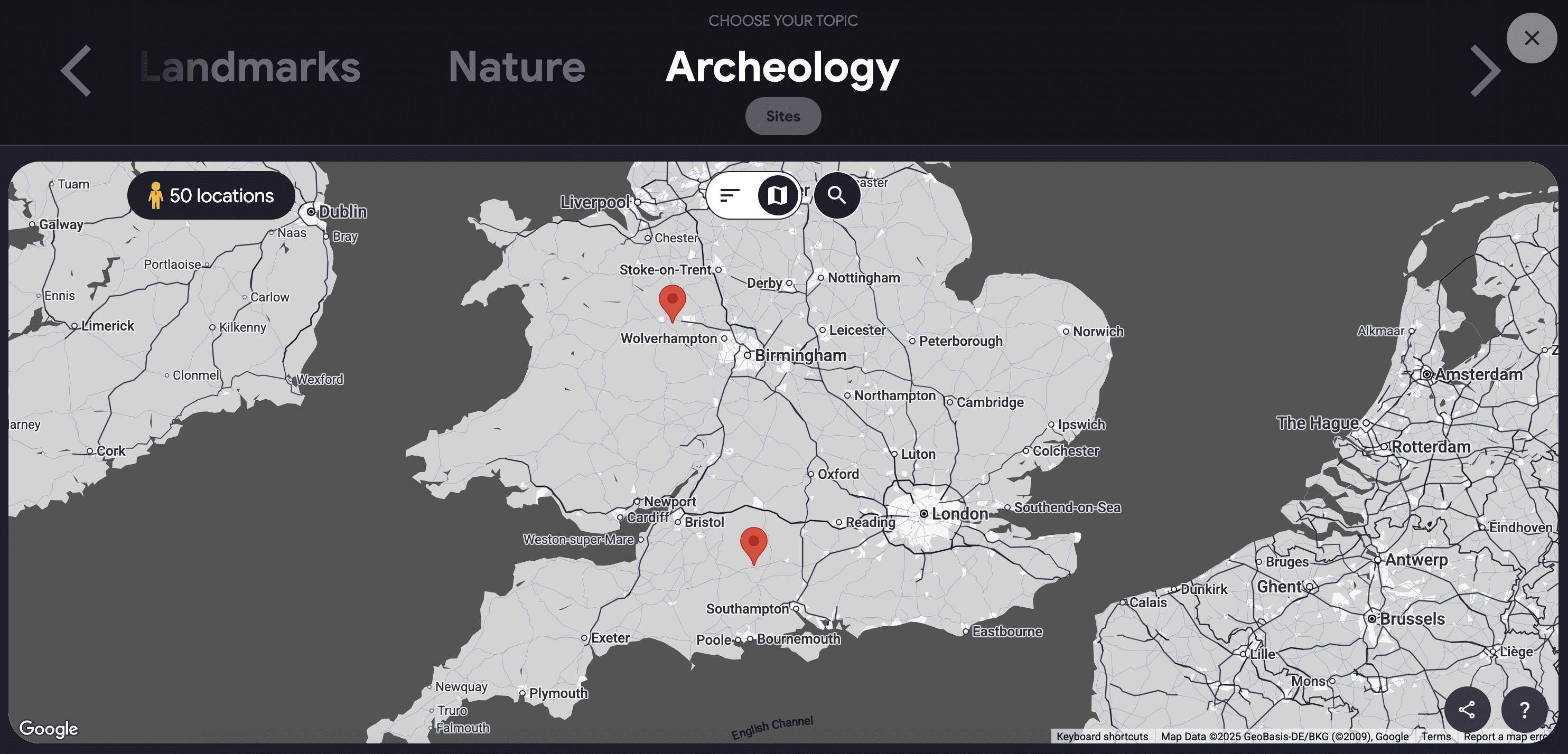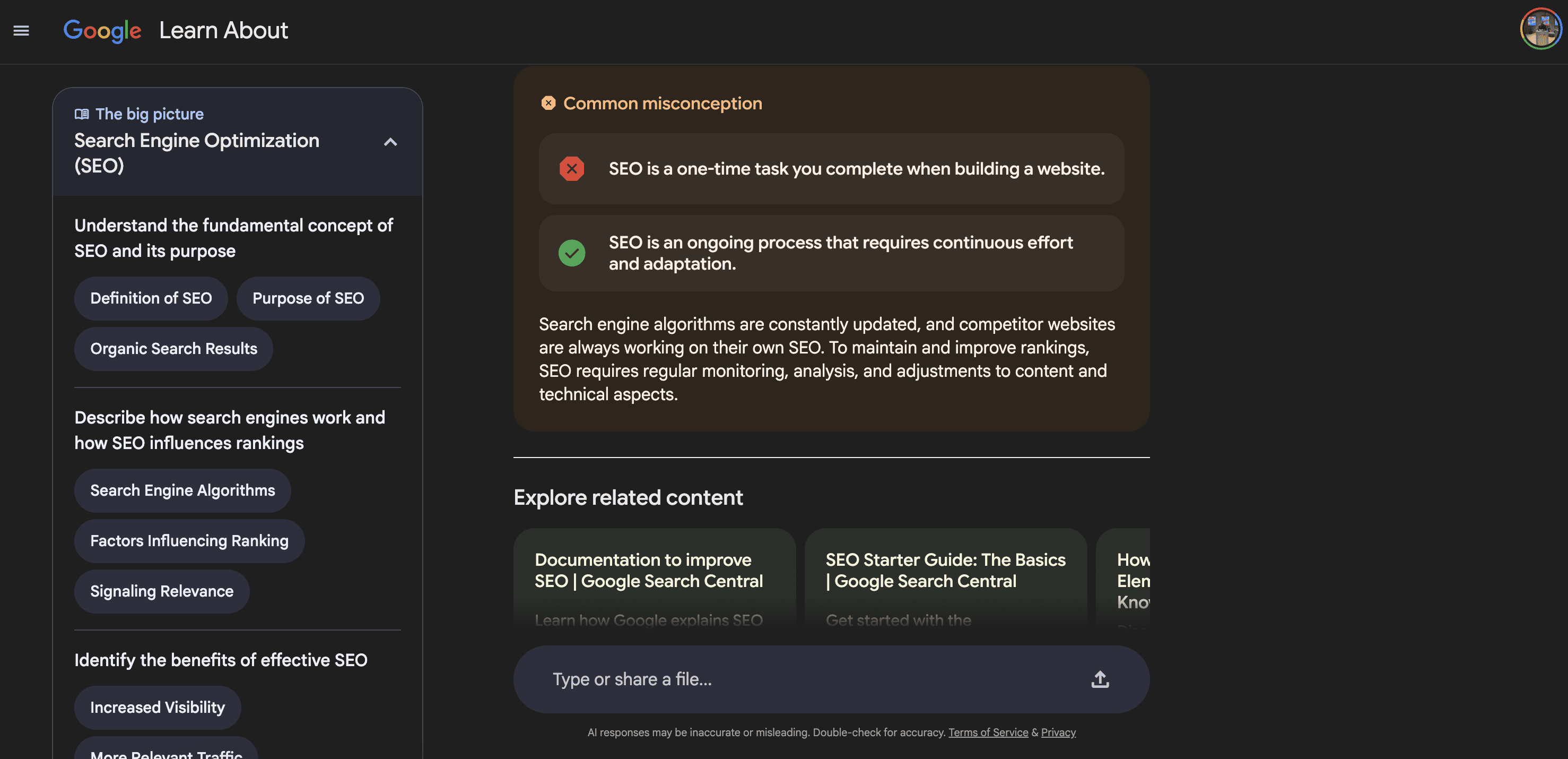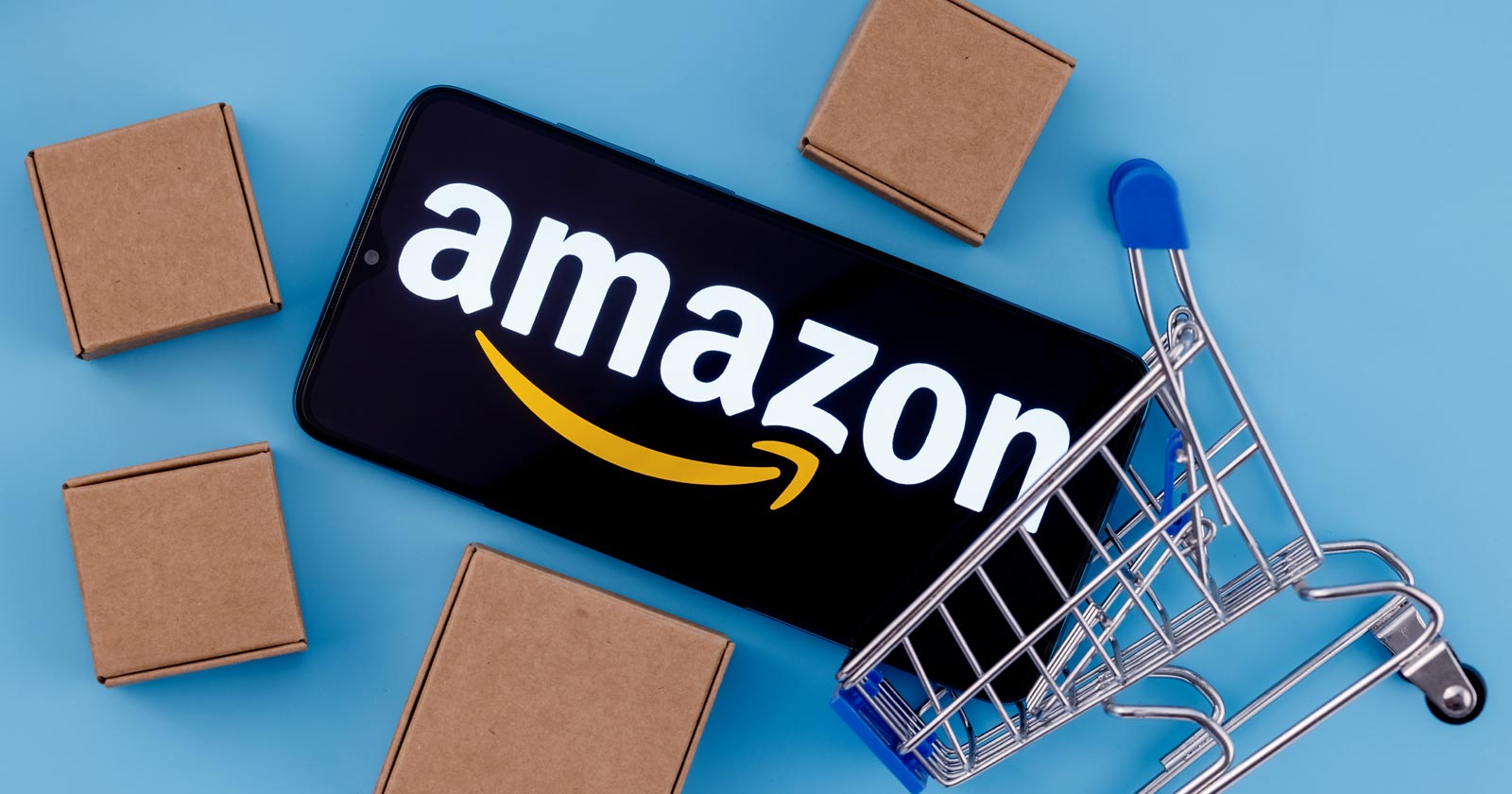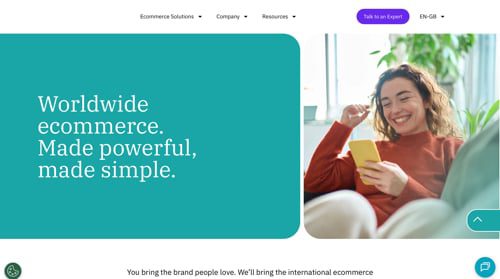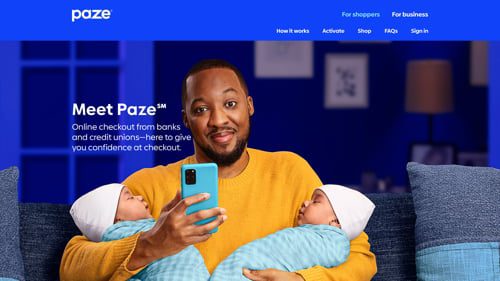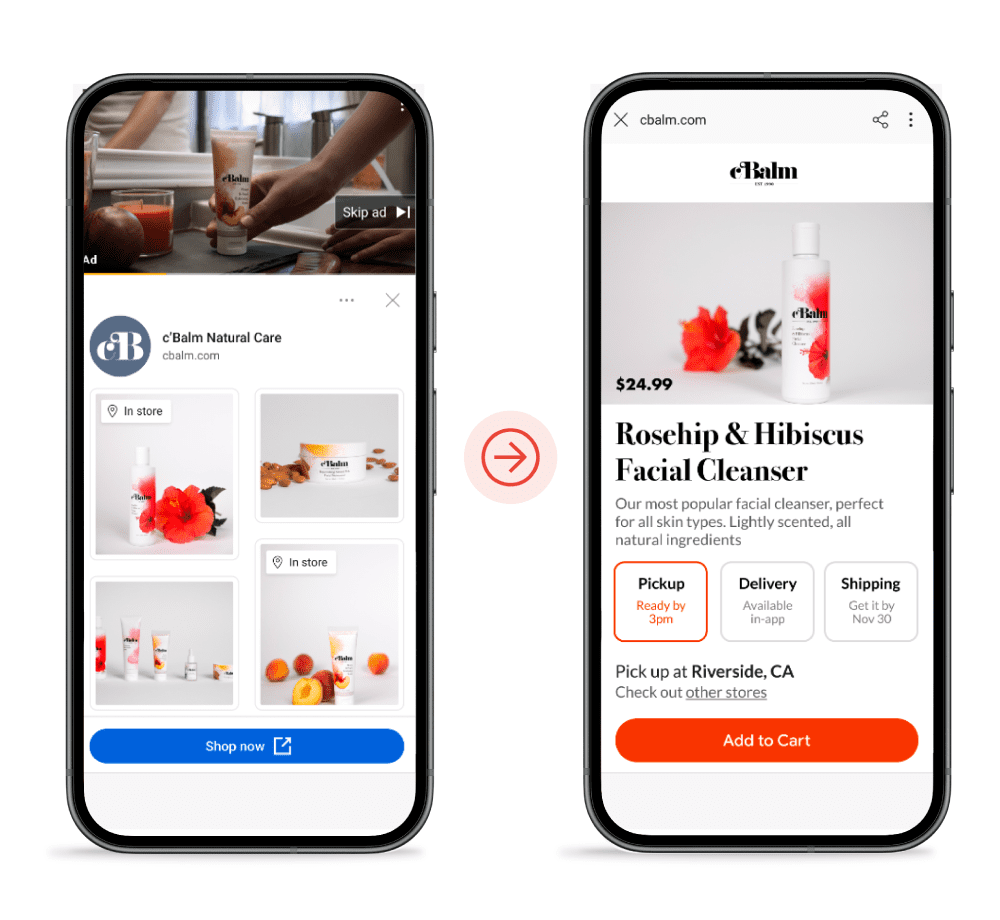WordPress Versus Everyone: The Top CMS For Core Web Vitals via @sejournal, @martinibuster

The Core Web Vitals Technology Report by the open source HTTPArchive community ranks content management systems by how well they perform on Google’s Core Web Vitals (CWV). The July update shows that every major platform has improved since June, but not all gains were equal. Joomla posted the largest month-over-month increase, while Duda ranked first in July with 84.96% of sites passing CWV.
Why Core Web Vitals Matter
Core Web Vitals (CWV) are metrics created by Google to measure how fast, stable, and responsive a website feels to users. Websites that load quickly and respond smoothly keep visitors engaged, while sites that fall short frustrate users and increase bounce rates. For businesses and publishers, CWV scores reflect the user experience and competitiveness online.
How the Data Is Collected
The CWV Technology Report combines two public datasets:
- Chrome UX Report (CrUX): Data from Chrome users who opt in to share performance statistics as they browse. This reflects how real users experience websites.
- HTTP Archive: Lab-based tests that analyze how sites are built and whether they follow performance best practices.
Together, these sources provide a consistent picture of how different website platforms perform on Core Web Vitals in the real world.
Percentage Change from June to July
#1 Joomla — largest gain (+3.23%).
#2 Wix — +2.61%.
#3 Drupal — +1.47%.
#4 Duda — +1.33%.
#5 Squarespace — +1.27%.
#6 WordPress — smallest gain (+0.90%).
This ranking shows which platforms advanced most in July. Joomla experienced the highest level of growth, while WordPress improved the least. Wix’s CWV month over month performance improvement was a notable 2.51%.
Ranking by July CWV Score
Duda once again is the Core Web Vitals champion, ranked by the percentage of websites that has a good CWV score.
#1 Duda — 84.96%
#2 Wix — 73.37%
#3 Squarespace — 68.93%
#4 Drupal — 60.54%
#5 Joomla — 54.78%
#6 WordPress — 44.34%
Joomla showed the fastest growth, but it still ranked fifth in July. Duda led with the highest overall performance.
Why the Numbers Matter
Core Web Vitals scores translate into real differences in how users experience websites. Platforms with higher CWV scores offer faster, smoother interactions, while those at the bottom frustrate users with slower performance. While all six platforms in the comparison are improving month to month, what matters most is the actual experience users get right now.
- Duda is the Core Web Vitals champion in July with a score of 84.96% of websites built with the Duda platform having a good CWV score.
- Joomla had the largest gain, but still ranked near the bottom with only 54.78% of sites showing a good CWV score.
- Wix and Squarespace ranked in the second and third places, showing strong performance but both significantly behind Duda by over ten percentage points.
- WordPress ranked last, both in July scores and in the month over month rate of improvement.
Do Content Management Systems Matter For Ranking?
I have seen discussions online about whether the choice of content management system has an impact on rankings. Some people assert that plugins make WordPress easier to rank in Google.
There is also a perception that WordPress is faster than Wix, Duda, and Squarespace. The facts, of course, show that the opposite is true. WordPress is the slowest of the content management systems in this comparison.
The percentage of sites built with Duda that had a good Core Web Vitals score is 84.96%. The percentage of WordPress sites with a good CWV score is 44.34%. That means Duda’s percentage of sites with good CWV scores is about 92% higher than those built with WordPress.
Another issue with WordPress is that it has a considerable amount of technical debt, something that private content management systems do not have to struggle with to the same degree. Technical debt refers to the accumulation of outdated code and design decisions that make it harder to maintain, update, or improve the platform over time. It is not unique to WordPress, but it is an issue because of how WordPress is built and how its ecosystem works.
Some reasons for WordPress’s technical debt:
- WordPress was originally conceived as a blogging platform and has evolved into a full CMS, able to be extended as virtually any kind of website.
- Adding new features on top of legacy code means workarounds must be made for backward compatibility, which creates complexity and slows down innovation.
Technical debt was an issue discussed at WordCamp EU 2025, summarized on the official WordPress site as related to contributor burnout:
“Burnout Crisis & Sustainability
- Contributor burnout is pervasive due to:
- High volunteer demands with insufficient systemic support.
- Lack of equitable financial remuneration or stipends for ongoing work.
- Pressure to maintain legacy systems and innovate new features leads to overwhelming workloads.
Consequences
- Loss of institutional knowledge and experienced contributors.
- Increasing technical debt and slowed innovation cycles.
- Threat to WordPress’s long-term ecosystem health.”
WordPress has recently moved to a slower annual release cycle, and one of the benefits of that change (summarized by WordPress here) is that it gives the project time to address the issue of technical debt.
The point is that if the content management system did have an effect on the ability to rank, WordPress sites would probably struggle to rank because of the relatively poor performance scores and the slower pace of development when compared to private content management systems like Wix. But that’s not the case.
WordPress websites rank very well despite all the issues with the platform, including security. So it may be that the choice of CMS does not necessarily matter for SEO, especially since private solutions like Wix and Duda are purposely built with SEO in mind. Nevertheless, performance is important for things that matter, such as conversions and the user experience, and the fact is that the HTTPArchive Technology Comparison Report ranks WordPress last for Core Web Vitals performance in July.
Featured Image by Shutterstock/Roman Samborskyi

